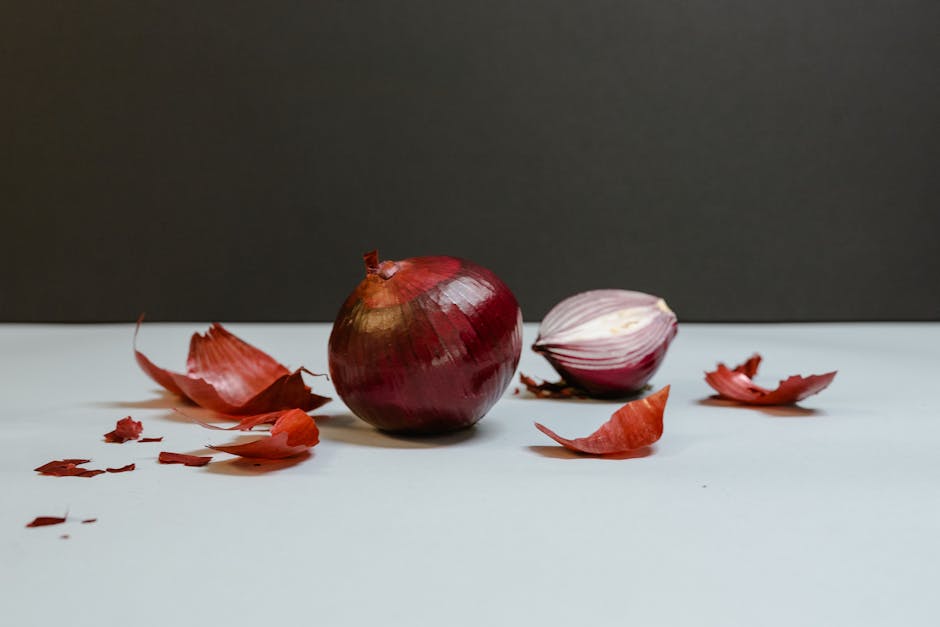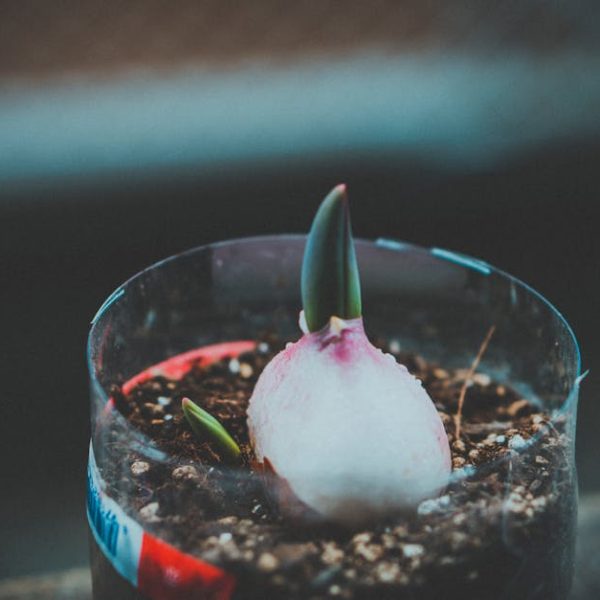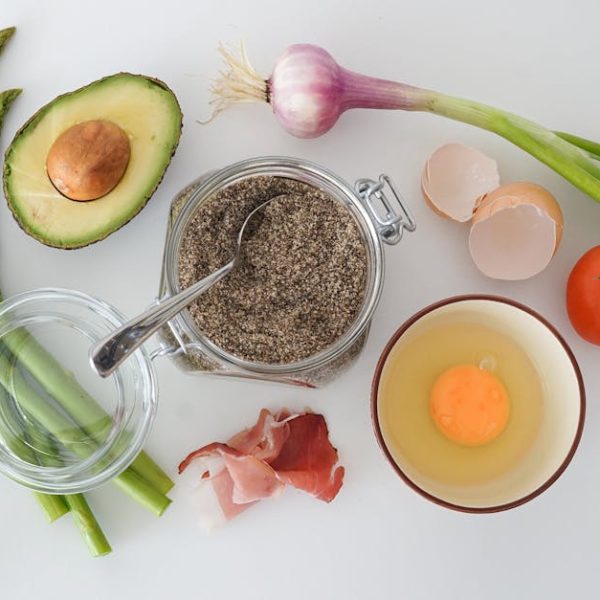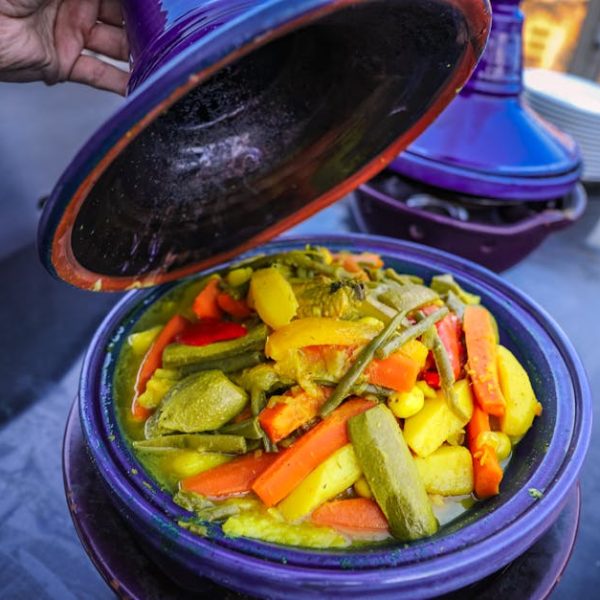Both red onions and shallots serve as staple ingredients worldwide due to their unique flavors, nutritional benefits, and versatility in culinary uses. Their subtle differences, however, can significantly impact the outcome of a dish. This article aims to unravel the key distinctions between red onions and shallots, providing comprehensive knowledge about their characteristics, differences in flavor profiles and nutritional composition, and best practices for selection, storage, and preparation.
Understanding Red Onions
Red onions, boasting a vibrant color and sweet and sharp flavor, contribute to a multitude of cuisines globally. They are renowned for their crisp texture and robust flavor that balances the sweet and spicy. Not just a mere flavor enhancer, red onions are also brimming with essential nutrients, such as vitamins C and B6, potassium, and antioxidants, offering a myriad of health benefits from boosting immunity to promoting heart health.
However, choosing, storing and utilizing red onions optimally can make a world of difference to your culinary creations. Here are some pro tips:
- Select firm onions without a strong smell – evidence of freshness.
- Store in a well-ventilated, cool, and dark place to maintain their quality.
- Slice thinly for salads and sandwiches to bring out a mild, almost sweet taste.
Red onions are versatile, adding a dash of color, crunch and flavor to burgers, salads and pizzas, making them an eclectic mix of tastes.
Digging into Shallots
Despite being less known, shallots are a chef’s secret weapon, adding a unique depth of flavor to dishes that red onions might overwhelm. They offer a more refined, subtle flavor, with hints of garlic and a sweet aroma. On the health front, shallots come packed with a higher concentration of vitamins and minerals than onions, including iron, fiber, vitamin A, C and E, and potent antioxidants.
Choosing, storing and handling shallots optimally is also imperative for their flavor to emerge. Here are some best practices:
- Choose shallots that are firm, with no sprouting or wet spots.
- Store at room temperature in a cool, dry place.
- Finely mince or slice shallots to use them as a seasoning or garnish.
Shallots shine in gravies, sauces, stews, or as a delicate garnish due to their subtle, sweet flavor.
Flavor Comparison: Red Onions vs Shallots
While red onions and shallots might appear similar, they offer distinct flavors that cater to different culinary needs. Red onions provide a strong, sweet yet pungent flavor, while shallots offer a milder, more sophisticated taste with nuances of sweetness and garlic, making it ideal for delicate sauces and vinaigrettes.
The table below summarizes their flavor profiles:
| Red Onions | Shallots |
|---|---|
| Sweet, sharp pungent flavor | Mild, sophisticated, subtle sweetness |
Depending on their use in dishes, the complexity of flavor needed, and personal taste preferences, either red onions or shallots could prove to be the most suitable choice.
Nutritional Comparison between Red Onions and Shallots
Nutritionally, while both red onions and shallots pack a healthy punch, there are nuanced differences that could influence your choice. Red onions, packed with vitamins C, B6 and folate, are useful for boosting immunity and promoting heart health. Shallots, on the other hand, have a higher concentration of iron, an essential mineral for blood health, and vitamin A, critical for eyesight.
Here’s a nutritional comparison of red onions and shallots per 100 g serving:
| Red Onions | Shallots | |
|---|---|---|
| Vitamin C | 7.4 mg | 8 mg |
| Vitamin B6 | 0.12 mg | 0.345 mg |
| Folate | 19 mcg | 34 mcg |
| Iron | 0.21 mg | 1.2 mg |
| Vitamin A | 2 mcg | 1190 mcg |
This comparison illustrates how both red onions and shallots offer different beneficial nutrients and can contribute to a balanced, nutrient-dense diet.
Selection, Storage, and Preparation of Red Onions and Shallots
Selecting and storing both red onions and shallots correctly can maximize their flavor and shelf life. When purchasing, red onions should feel firm, have a close-fitting, crisp outer skin with no visible sprouting. On the other hand, shallots should be heavy for their size and free from blemishes or wet spots.
To store effectively, both require a well-ventilated, cool, dark place to stay fresh. However, while red onions prefer a dry environment, shallots can tolerate a bit more moisture.
Here’s a checklist to ensure you are selecting, storing, and preparing your onions and shallots ideally:
- Choose firm, blemish-free onions and shallots.
- Red onions should have close-fitting, crisp outer skin.
- Shallots should be heavy for their size.
- Store in a well-ventilated, cool, dark, and dry place.
- Never store onions and potatoes together – they cause each other to spoil faster.
- For red onions, peel and rinse under running water to reduce tears. Use them raw, grilled, caramelized, or even roasted.
- For shallots, mincing or finely slicing releases more flavor, making them a perfect addition to sauces and vinaigrettes.
Both red onions and shallots offer unique flavors, nutritional benefits, and have different ideal uses in the kitchen. Understanding their differences ensures that you can use each to its potential, meeting and enhancing your culinary needs. Whether in a gourmet dish or a quick home-cooked meal, the choice between a red onion and a shallot can significantly impact the taste and nutritional value of your creation.
Key Takeaway:
- Both red onions and shallots have distinctive flavors that influence their utilization in different culinary techniques. Red onions provide a robust, sweet yet sharp flavor, while shallots offer a subtle, sophisticated taste.
- Nutritionally speaking, red onions and shallots both have significant health benefits. Red onions are abundant in vitamins C and B6, and folate, while shallots have higher amounts of iron and vitamin A.
- The best practices for the selection, storage, and preparation of red onions and shallots can maximize their flavor and shelf-life.
Remember that the choice between red onions and shallots can transform an ordinary dish into a culinary masterpiece. Each has its unique flavor profile and nutritional offering that can significantly enhance your meals. Keep experimenting and finding your preferred flavor combinations!
FAQs
Q: How can I mitigate the tear-inducing effect when chopping red onions?
A: To reduce the chemical release that triggers tears, you can chill the onions for 30 minutes before chopping. Also, ensure that your kitchen is well-ventilated.
Q: Are green onions an apt substitute for red onions or shallots?
A: Green onions are milder in flavor than red onions and shallots, and they are best used as a garnish or in dishes that require a subtle onion flavor.
Q: What is the best way to dice shallots for sauces?
A: For sauces, finely mincing or slicing the shallots is most effective. This method releases more flavor, enhancing your sauces.
Q: Can you eat red onions and shallots raw?
A: Definitely! Both red onions and shallots can be eaten raw. Thinly sliced red onions are great in salads and sandwiches, while raw shallots can be used in salads or as a garnish.
Q: Do red onions and shallots have any antimicrobial properties?
A: Yes, both red onions and shallots are known to possess antimicrobial properties due to the presence of certain compounds like allicin.
Share this article with others to spread the knowledge and explore more posts on our website!






